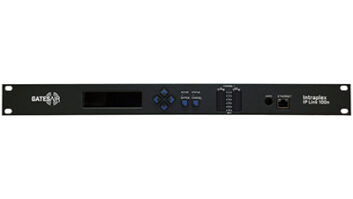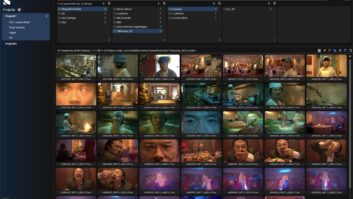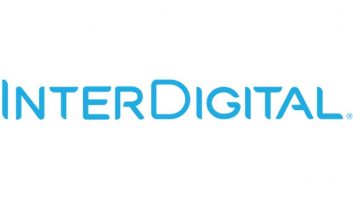An in-depth examination of the likely progress for codec development, and what could replace HEVC on the current road map, occupied panelists at the IBC ‘Breaking the Codec’ session. Panelists discussed the merits of some recent ‘free’ codec suggestions (from the Open Media Alliance) but the overwhelming view was that this would stifle R&D, and could only lead to a field day for lawyers as IP-patent holders argued over usage.
The trends were clear, stated Tony Jones, head of technology/TV compression at Ericsson. “MPEG-2 has been around for 20 years and every year improvements are made. We wouldn‘t be doing this if the MPEG-2 equipment was no longer in use, but the fact is there’s a huge legacy out there.”
Matt Stagg, principal strategist at cellular operator EE, showcased a recent trial with a new compression offering, V-Nova’s Perseus system, and which delivered flawless Ultra HD signals to urban and thinly populated areas at 6 Mbps. Stagg said that EE were now working with V-Nova on developing the relationship. “We champion any innovation where we can see clear benefits to us and our customers.”
Eric Achtmann, executive chairman of V-Nova, said broadcasters and operators already had a huge problem dealing with ever-increasing capacity demands. “We recognise that current codec improvements are delivering a two-fold capacity improvement every five to seven years, but demand is growing at 20-fold – and there’s a huge disconnect which needs addressing.”
He argued that demand for bandwidth was not going to be satisfied by these incremental improvements. A new paradigm was needed. “The installed base represents a huge elephant in the room. Smart phones have proliferated over the past four years, and the TV industry is still deploying 200 million set-top boxes annually. The USA is investing $1 billion every 10 days in extra bandwidth capacity and upgrades.”
Achtmann said that Perseus offered huge savings, in capacity usage as well as costs. “Of course, there’s no such thing as a free lunch. There has to be innovation with R&D being funded and shareholders satisfied.”







